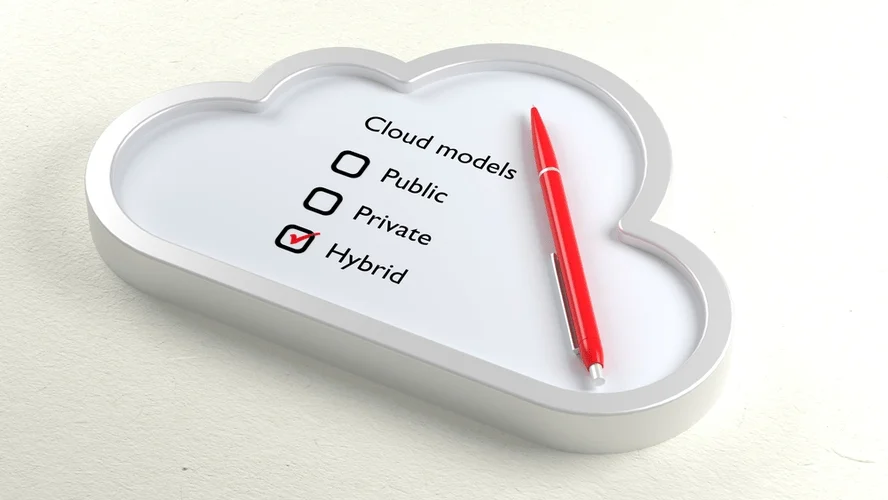A canary launch (to a limited number of users) could additionally be utilized if necessary. This course of involves detecting the potential bugs, defects, and errors, looking for vulnerabilities, and so forth., and might sometimes take up much more time compared to the app-building stage. In this step, you incorporate more specific knowledge for your new system. This includes the primary system prototype drafts, market research, and an evaluation of opponents. The following diagram exhibits the complete life cycle of the system during evaluation and design section. Stackify’s APM tools are used by 1000’s of .NET, Java, PHP, Node.js, Python, & Ruby builders all over the world.
Testing will be performed until the end-user finds it acceptable based on standards. Another part of this stage is validation and verification—and each are done to assist ensure the profitable completion of the project. Given the method’s complexity, there are numerous methodologies out there that will help you manage and control the entire process. SDLC has been around because the 1960s—a time when groups had been extra centralized. As the data know-how sphere continues to evolve, the SDLC has been changed to keep up with the ever-changing demands in system growth.
- However, whatever the mannequin you decide, there are lots of tools and options, like Stackify’s Retrace device, to help you every step of the way.
- Most builders and project managers go for certainly one of these 6 approaches.
- By creating an efficient outline for the upcoming improvement cycle, they’ll theoretically catch issues earlier than they affect development.
- Following one of the best practices and/or stages of SDLC ensures the method works in a smooth, efficient, and productive means.
- As a rule, these features assist to finalize the SRS document as nicely as create the primary prototype of the software program to get the overall idea of how it should appear to be.
However, its inflexibility reveals difficulties when changes happen after the beginning, and delaying shopper input until later phases could lead to miscommunications. ” and discuss its advantages, seven phases, and 6 methods for businesses to enhance project management skills. The Agile model first emerged in 2001 and has since turn out to be the de facto business commonplace. Some businesses value the Agile methodology a lot that they apply it to other forms of initiatives, together with nontech initiatives. The system analyst is an individual who is thoroughly conscious of the system and guides the system development project by giving correct directions.
A Detailed List Of The System Growth Life Cycle Phases
Rigorous testing and quality assurance are carried out to make sure the system’s accuracy, efficiency, and adherence to the design necessities. The system growth life cycle or SDLC is a project management model used to outline, design, develop, check, and deploy an data system or software product. In other words, it defines the required steps needed to take a project from the concept or concept stage to the actual deployment and additional maintenance. Iteration and speed are important components of fast application growth or RAD. RAD hastens the development process by utilizing prototypes and gathering consumer feedback. This approach has benefits for initiatives that have to get to market quickly.
In this guide, we’ll break down every thing you want to know concerning the system improvement life cycle, including all of its stages. We’ll additionally go over the roles of system analysts and the advantages your project may see by adopting SDLC. During this step, current priorities that systems development life cycle process may be affected and how they want to be dealt with are thought of. A feasibility study determines whether creating a model new or improved system is appropriate. This helps to estimate costs, advantages, resource requirements, and specific consumer wants.
Like Waterfall, every stage begins only after the previous one has ended. This SDLC model can be helpful, offered your project has no unknown necessities. Each SDLC mannequin provides a singular process on your team’s numerous project challenges.
All stakeholders then evaluate this plan and offer feedback and ideas. It’s essential to have a plan for amassing and incorporating stakeholder input into this document. Failure at this stage will virtually actually result in value overruns at finest and the total collapse of the project at worst. Popular SDLC models embrace the waterfall mannequin, spiral model, and Agile mannequin.
With little room for revisions once a stage is accomplished, problems can’t be mounted till you get to the maintenance stage. This model doesn’t work properly if flexibility is needed or if the project is long-term and ongoing. Each section has its own https://www.globalcloudteam.com/ mini-plan and every part “waterfalls” into the following. The largest downside of this model is that small details left incomplete can hold up the whole process.

Maintenance and help professionals stand as guardians, addressing bugs, implementing updates, and offering ongoing assistance to customers. This phase ensures the sustained integrity and evolution of the developed system. In the analysis section, the focus shifts to understanding person needs and system necessities.
Ii Benefits Of The Sdlc For Enterprise
Ideally, testing should occur at each stage of the SDLC to deal with points early when they’re fastest and most cost efficient to fix. However, exams are sometimes postponed until later stages, especially if they aren’t nicely integrated and create friction. It then creates the software program via the levels of research, planning, design, development, testing, and deployment.

Some methods work higher for particular sorts of initiatives, but in the final evaluation, essentially the most crucial factor for the success of a project could also be how intently the actual plan was followed. At Intellectsoft, we know how important an efficient project administration technique is. Our builders and specialists have a monitor report of building innovative software program solutions that completely fit our clients’ business targets and requirements. The system development life cycle (SDLC) is a fancy project administration model that encompasses system or software program creation from its preliminary thought to its finalized deployment and maintenance. Choosing the right SDLC methodology on your software program improvement project requires careful thought. But understand that a mannequin for planning and guiding your project is simply one ingredient for fulfillment.
Internet Growth
Use the above information to identify which methodology you wish to use at the facet of your SDLC for the best results. Product program code is constructed per the design document specifications. In concept, all the prior planning and outlining should make the precise development phase relatively straightforward.
The speed trade-off might weaken the development process’s thoroughness, affecting the software’s long-term quality. This Model combines parts of each the waterfall mannequin and iterative development. Through a collection of repeating spirals, each representing a phase of the SDLC, it systematically incorporates threat analysis and mitigation. This approach presents flexibility in addressing modifications and is particularly well-suited for giant and sophisticated initiatives where risk administration is paramount.
DevOps integrates growth and operations to hurry up the software development process. It is more of a cultural and operational philosophy than a inflexible SDLC methodology. DevOps uses continuous integration, delivery, and cooperation to reduce growth cycles and improve efficiency.
What Is A System Growth Life Cycle Security Testing Provider?
Now that you realize the fundamental SDLC phases and why every of them is necessary, it’s time to dive into the core methodologies of the system growth life cycle. If you’re a developer or project supervisor, an understanding of the most up-to-date SDLC methodologies is a powerful tool. It empowers you to hurry up the development course of, reduce costs, leverage the total artistic capacity of your team, and more. Instead of beginning with totally recognized necessities, project teams implement a set of software requirements, then test, evaluate and pinpoint further requirements. A new version of the software program is produced with each phase, or iteration.

The Design stage lays the foundation for the subsequent growth and implementation phases. The most flexible of the SDLC models, the spiral mannequin is just like the iterative mannequin in its emphasis on repetition. The spiral mannequin goes by way of the planning, design, build and take a look at phases again and again, with gradual improvements at each cross. The new seven phases of SDLC embrace planning, evaluation, design, improvement, testing, implementation, and upkeep. New versions of a software project are produced at the end of each section to catch potential errors and allow builders to continuously improve the tip product by the time it’s prepared for market.
Furthermore, developers will often create a software program requirement specification or SRS doc. The analysis stage contains gathering all the particular particulars required for a new system in addition to figuring out the first ideas for prototypes. In methods design, features and operations are described in detail, together with display screen layouts, business rules, course of diagrams, and other documentation. Modular design reduces complexity and allows the outputs to explain the system as a set of subsystems.
